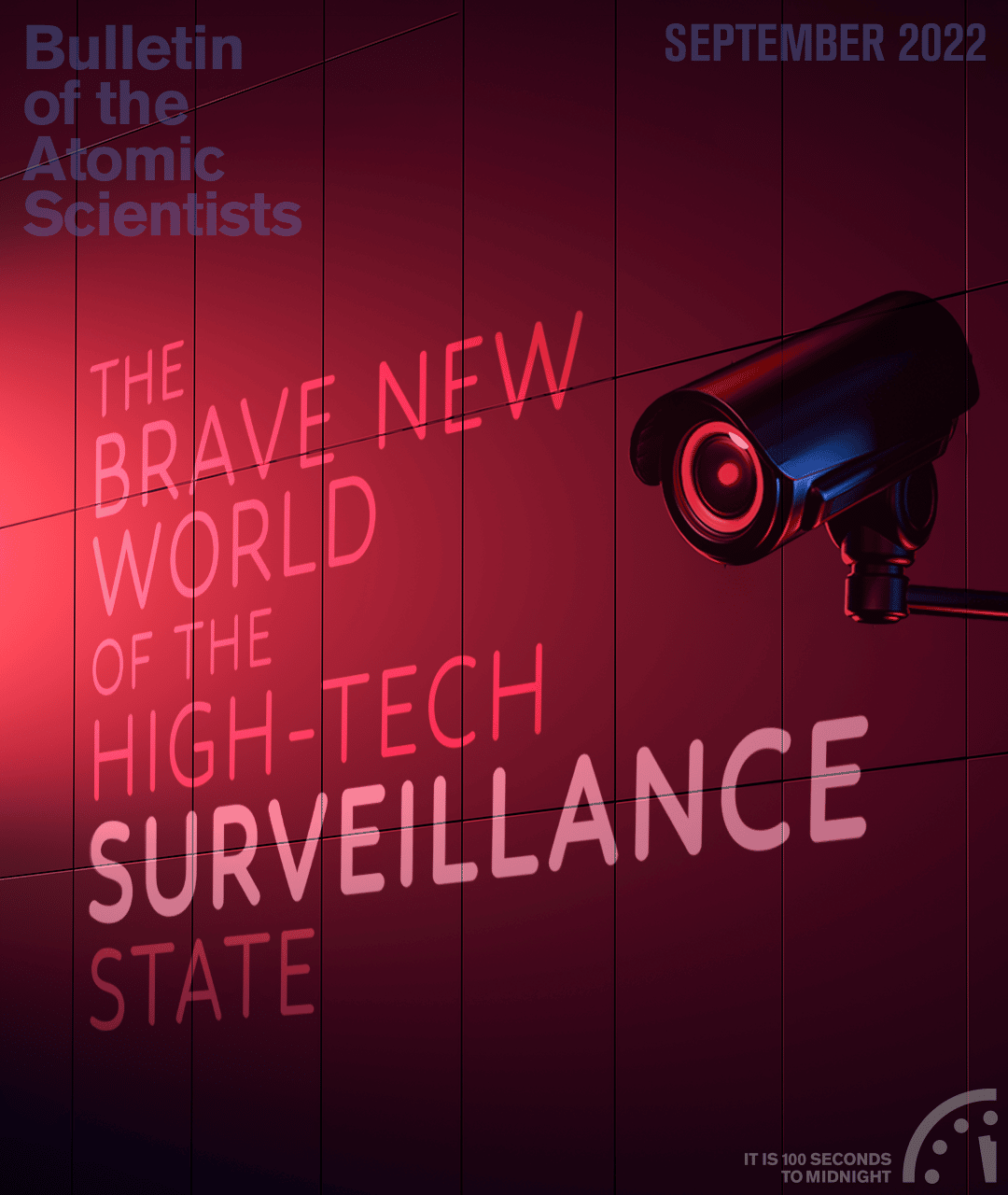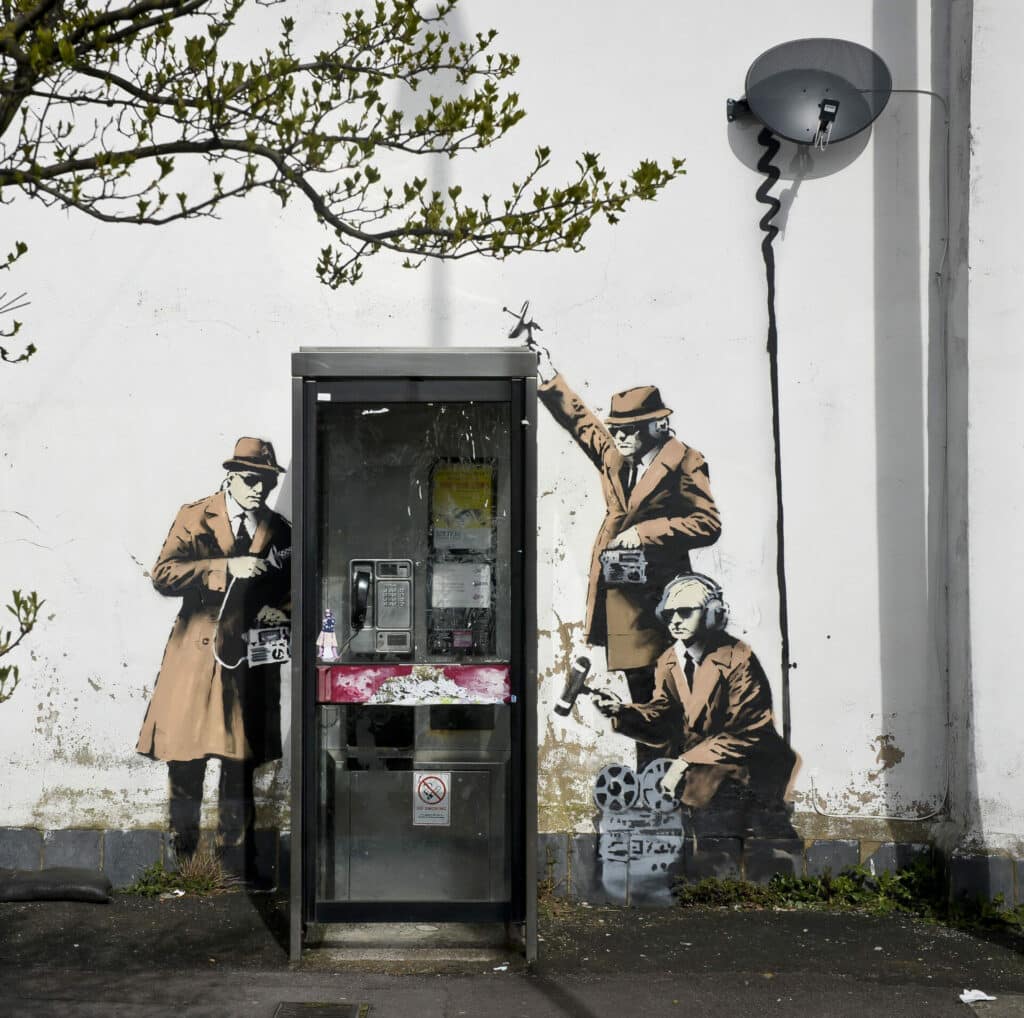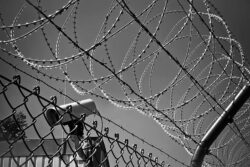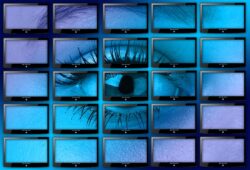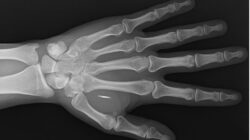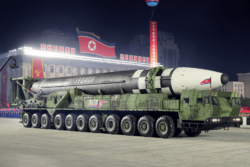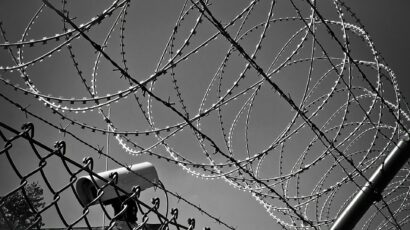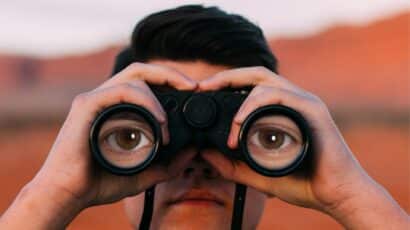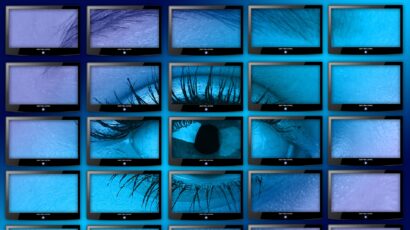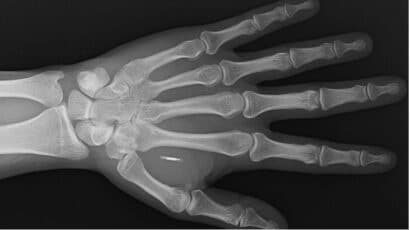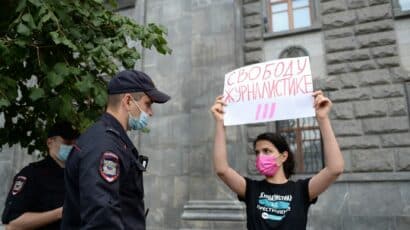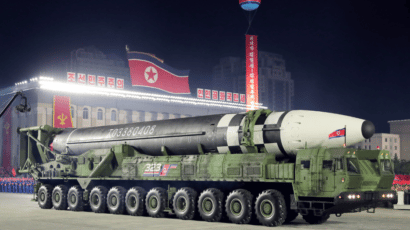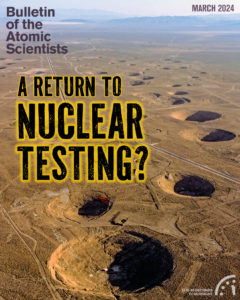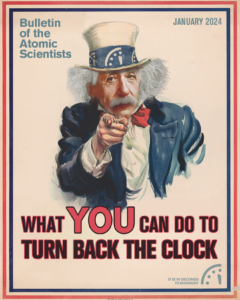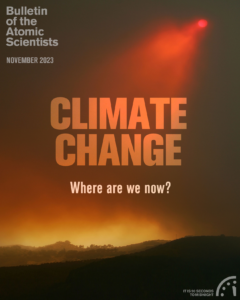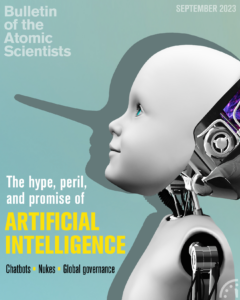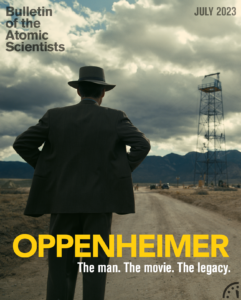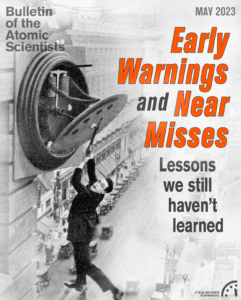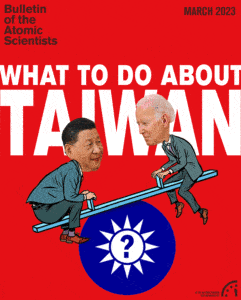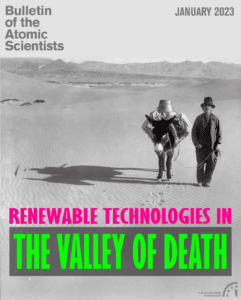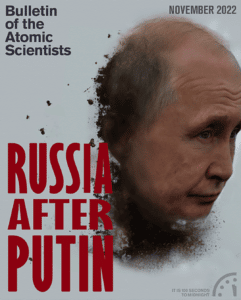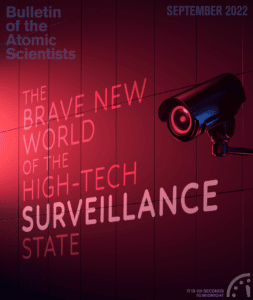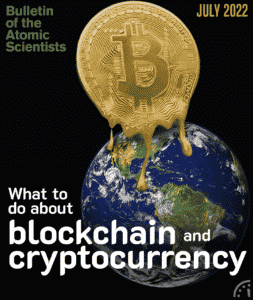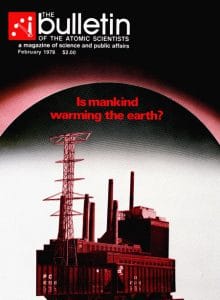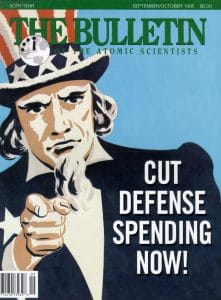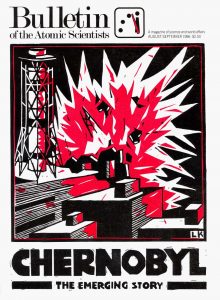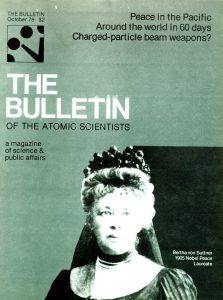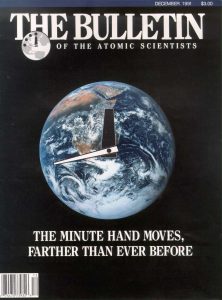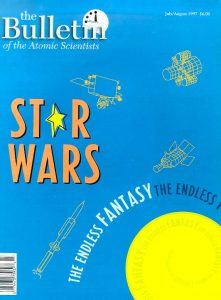DIGITAL MAGAZINE
September 2022
DIGITAL MAGAZINE
September 2022
September 2022
Introduction: The brave new world of the high-tech surveillance state
The high-tech surveillance state is not restricted to China: Interview with Maya Wang of Human Rights Watch
Smart devices, cell phone cameras, social shaming. and the loss of the right to a private self: Interview with Michel Paradis
Creating a model democratic alternative to the surveillance state
Microchips in humans: consumer-friendly app, or new frontier in surveillance?
What a Cold War crisis over Taiwan could tell us about China-Russia relations today
“When it comes to Russia, it’s like living in a volcano” — Interview with Farida Rustamova, an independent reporter in Putin’s Russia
Nuclear Notebook: How many nuclear weapons does North Korea have in 2022?
The high-tech surveillance state is not restricted to China: Interview with Maya Wang of Human Rights Watch
Smart devices, cell phone cameras, social shaming. and the loss of the right to a private self: Interview with Michel Paradis
Creating a model democratic alternative to the surveillance state
Microchips in humans: consumer-friendly app, or new frontier in surveillance?
What a Cold War crisis over Taiwan could tell us about China-Russia relations today
“When it comes to Russia, it’s like living in a volcano” — Interview with Farida Rustamova, an independent reporter in Putin’s Russia
Nuclear Notebook: How many nuclear weapons does North Korea have in 2022?
September 2022
Subscribe now
We've relaunched the Bulletin's award-winning digital magazine. Get premium access for less than $5 a month.
Magazine archive
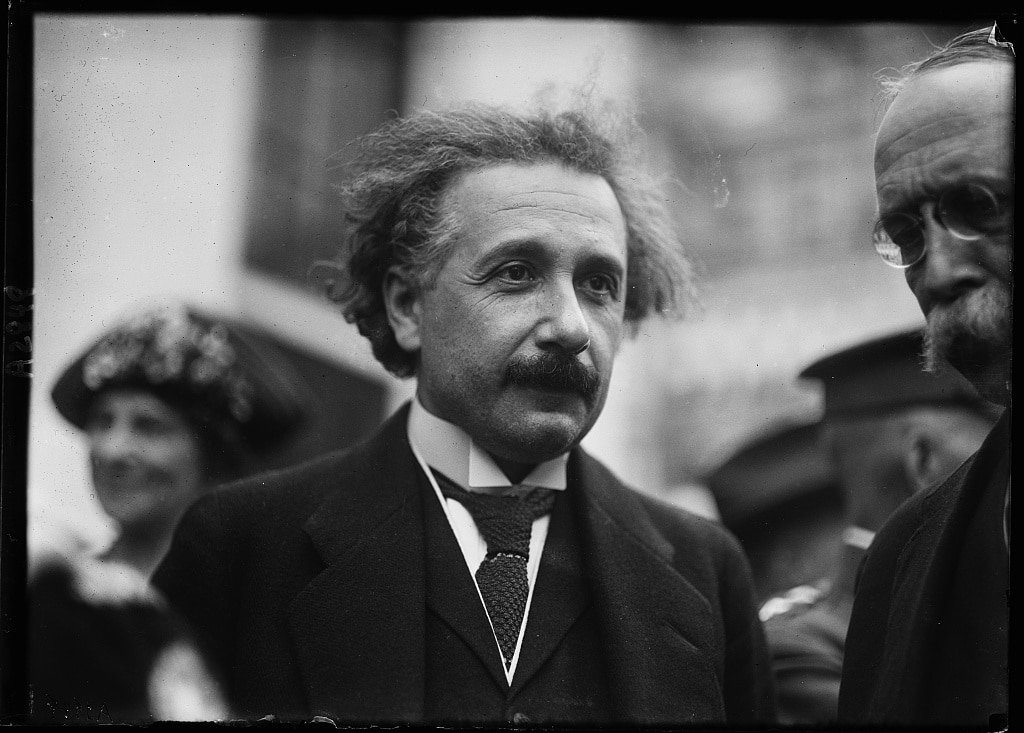
Premium subscribers can read the complete Bulletin of the Atomic Scientists’ archive, which contains every article published since our founding in 1945.
This archive was created in honor of John A. Simpson, one of the Bulletin’s principal founders and a longtime member of its Board of Sponsors. This searchable archive provides exclusive online access to original interviews and commentary by luminaries like Albert Einstein, J. Robert Oppenheimer, Ruth Adams, John F. Kennedy, Stephen Hawking, Christine Todd Whitman, US Secretary of Defense William J. Perry, and multiple Nobel laureates.
